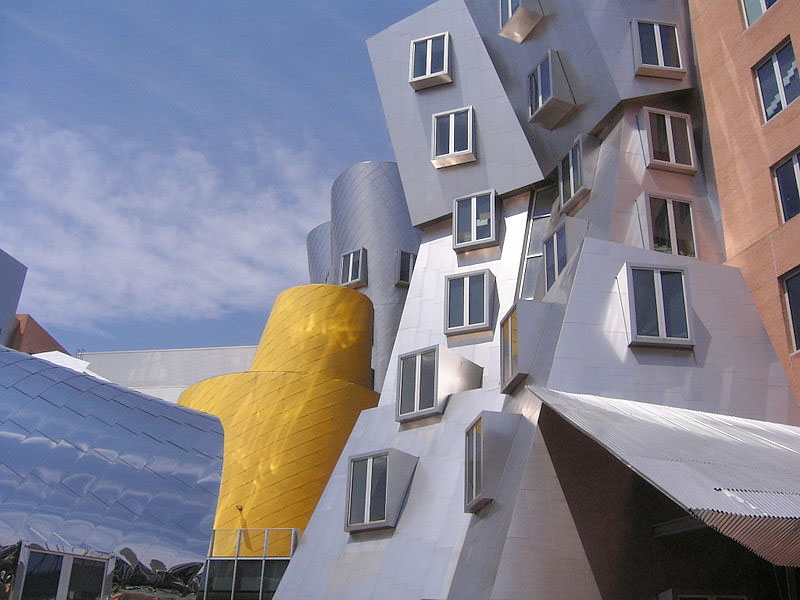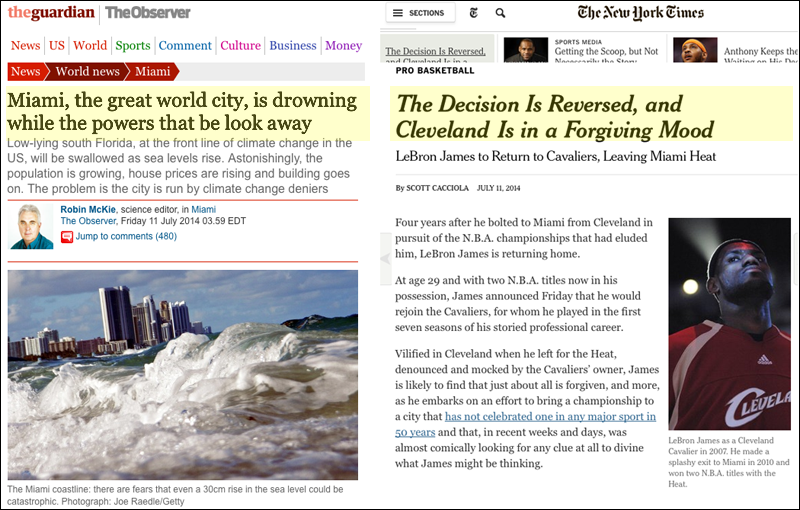I’ve been working on this new song for a while. After struggling with both the words and music for months, I recorded the song at home in December 2014, then brought it to Brooklyn so that brother Kurt could help me with the mix (I tend to use Logic Pro’s default settings for everything, whereas Kurt actually knows what he’s doing), and finally tweaked the relative volumes of the vocal, background vocals, and guitar by myself at home just a few days ago.
I shot the video in about 15 minutes using my black background cloth and my low-resolution Flip camcorder, and edited it with Final Cut Express yesterday.
Between the Lines
Words and music © 2014 J. Ochshorn
verse 1. i thought i knew a lot about you
what you’re wishing and how you move in space
where your phone is when it’s missing
from its normal resting place
verse 2. i guess it’s really not that simple
the plot’s not unraveled and much remains unsaid
like a road that’s rarely traveled
like a story half unread
chorus
(no no no) don’t make me guess
(whoa whoa whoa) what’s on your mind
i can’t find the meaning in your symbols and your signs
don’t make me read between the lines
verse 3. what’s the point of this interrogation
when nothing’s been proven with your third degree
you just seem to keep on moving
in and out of misery [chorus]
bridge
please don’t make me jump to these conclusions
or search for sense in your allusions
it’s hard for me to deal with these confusions
verse 4. so i’m looking for a point of entry
unencumbered to a different mode
show me how your password’s numbered
tell me how to break the code [chorus]



